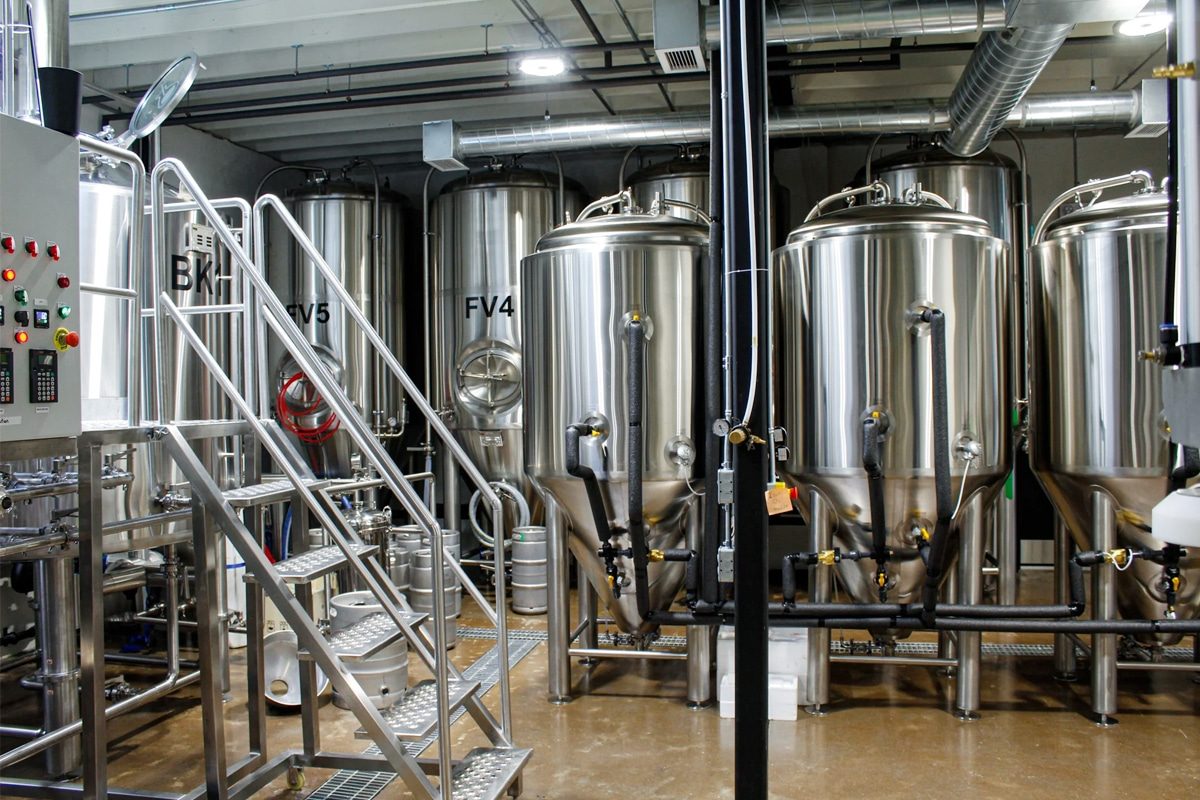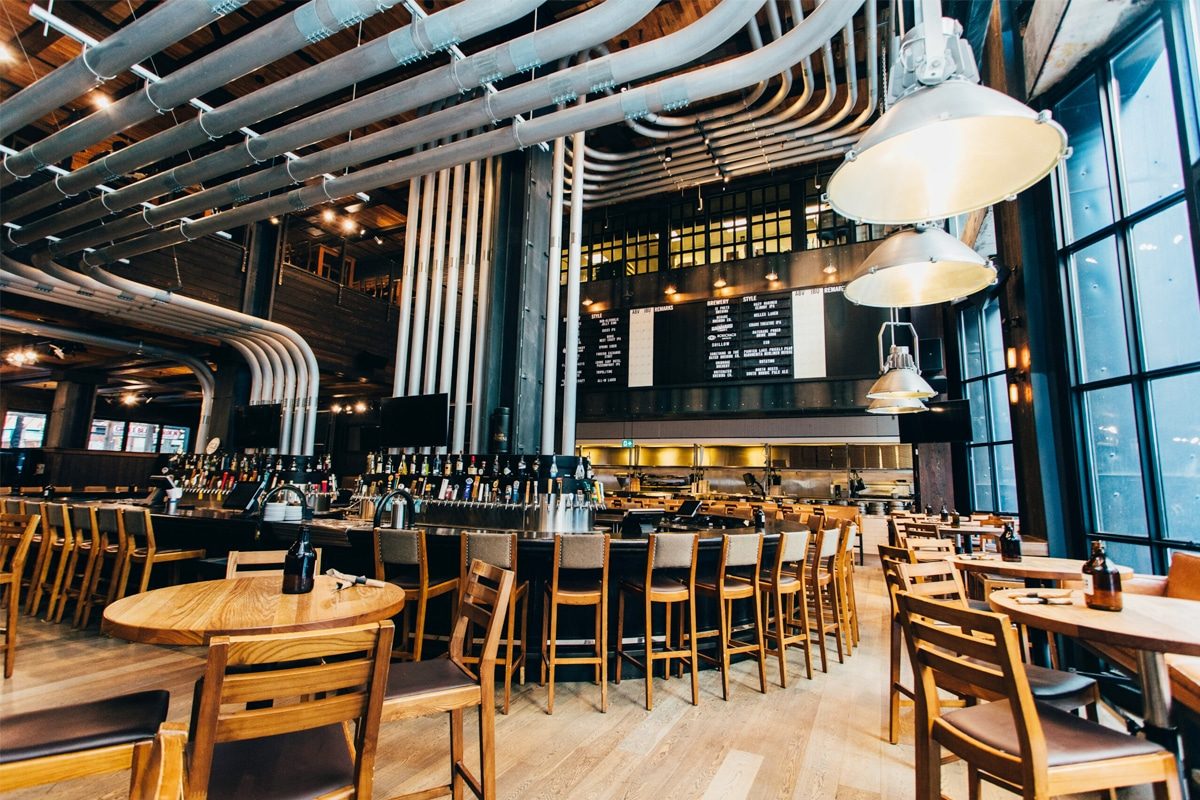
Planning Your Brewery Comprehensive Guide
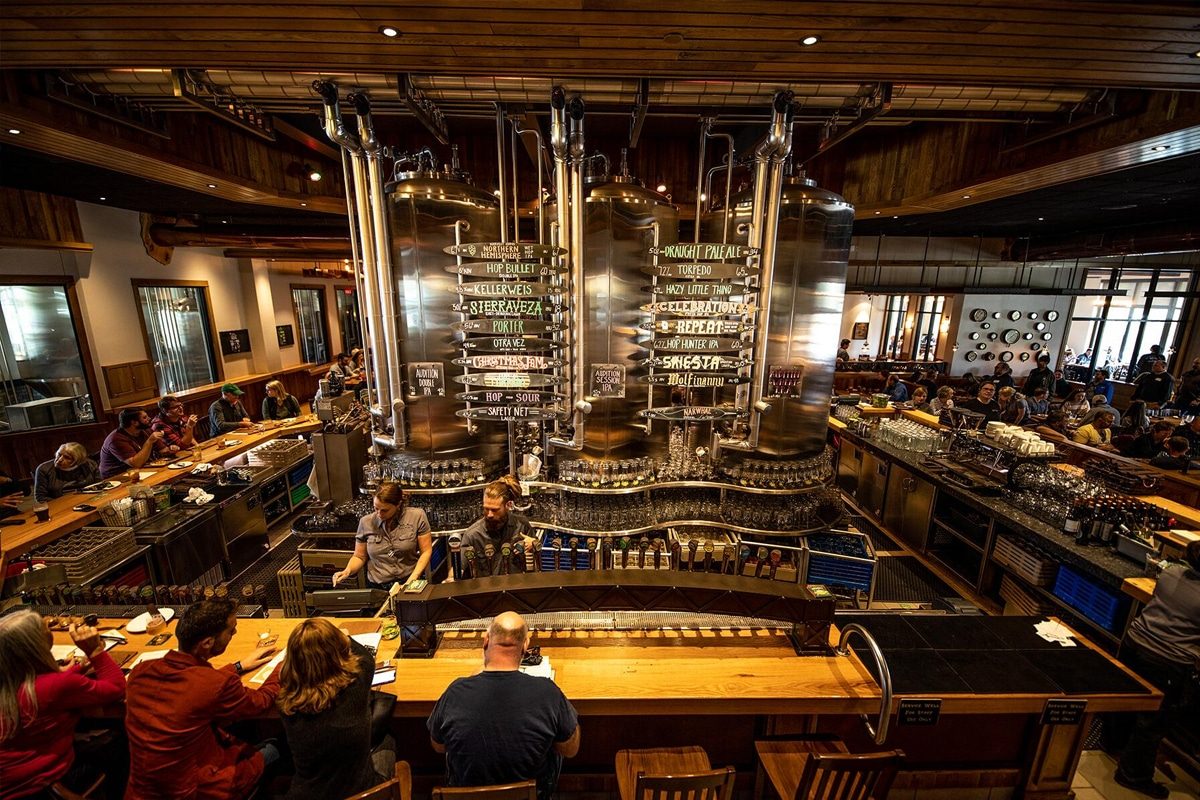
Understanding the craft beer landscape
Market growth and trends
Competitive landscape
Consumer preferences
Regional and local dynamics
Regulatory environment
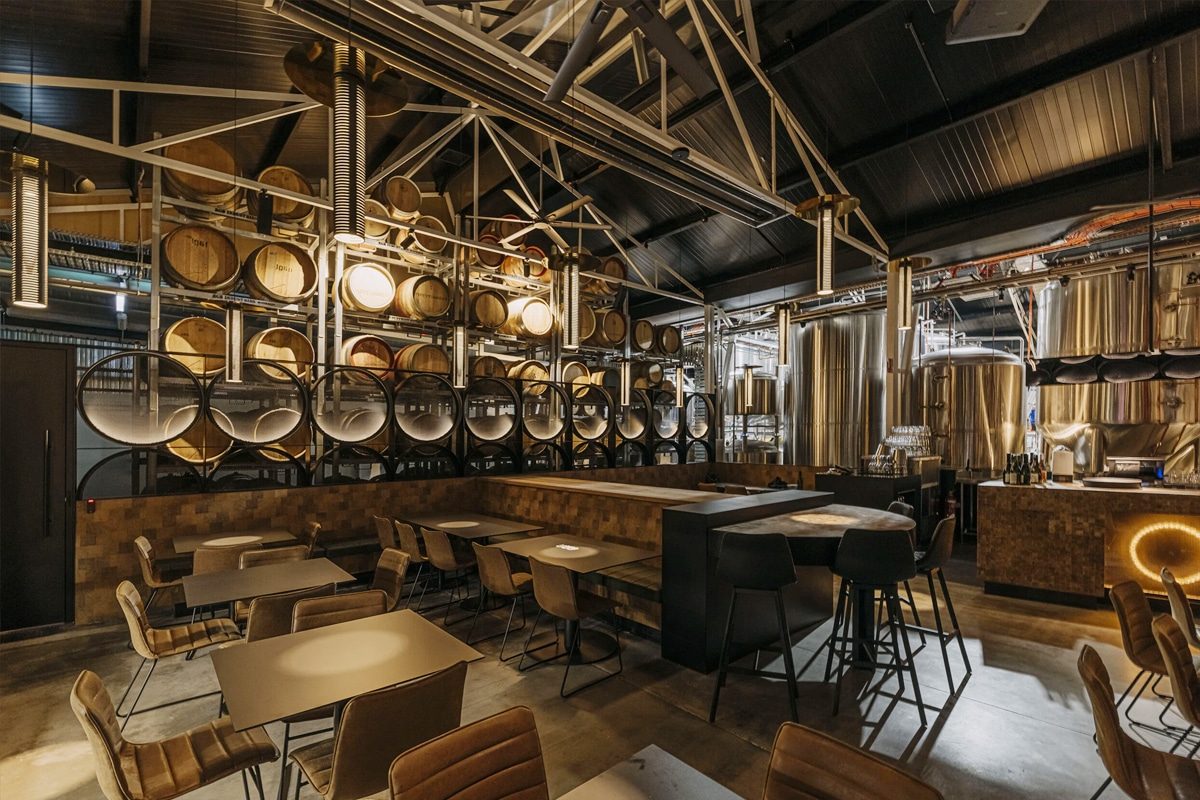
Define the image and concept of the brewery
Vision and Mission
Start by articulating the brewery’s overall vision and mission. Your vision statement should outline your long-term aspirations and the impact you hope to have in the craft beer industry. At the same time, your mission statement should outline the specific goals, values, and principles that guide your brewery’s daily operations and decision-making process. Consider the following questions:
- What inspired you to start a brewery?
- What do you hope to achieve with your brewery?
- What values and principles will guide your brewery’s actions?
Beer Portfolio
Your brewery’s beer portfolio plays a key role in shaping its image and market positioning. Consider the range of beers you plan to brew and consider factors such as style variety, flavor profiles, and seasonal offerings. Are you passionate about traditional beer styles, or are you eager to push the boundaries of brewing with innovative recipes? Some key considerations include:
- Which beer styles resonate with your personal preferences and brewing expertise?
- How will you differentiate your beer portfolio from competitors in the market?
- Are there specific ingredients or brewing techniques that define your brewery’s signature style?
Brand personality
Inject your brewery with a unique brand personality that resonates with your target audience and reflects your corporate ethos. Your brand personality includes elements such as tone of voice, visual aesthetics, and overall vibe. Consider the following when defining your brewery’s brand personality:
- Choose a name that is memorable, evocative, and reflects the brewery’s identity and values.
- Design a visually striking logo that embodies the brewery’s ethos and captures consumers’
- Develop packaging designs that stand out on the shelf and convey the quality and craftsmanship of the beer.
- Write engaging stories that share the journey, inspiration, and passion behind your brewery. Authentic storytelling can create an emotional connection with consumers and make your brand stand out in a crowded market.
Target market and audience
Understanding your target market is crucial to tailoring your brewery’s image and marketing strategy to resonate with your audience. Conduct market research to identify demographic segments, consumer preferences, and psychographics that align with your brewery’s vision and products. Consider the following questions when defining your target market:
- Who is your ideal customer? What drives their beer-buying decision?
- Which groups of people are most likely to appreciate your beer style and brand personality?
- How will you position your brewery to appeal to your target audience while staying true to your brand values?
Community Involvement
Community engagement is a cornerstone of the craft beer industry, fostering connections between breweries, consumers, and local communities. Consider how your brewery can actively engage and contribute to the community in meaningful ways. Some strategies for community engagement include:
- Host events such as beer tastings, brewery tours, and charity fundraisers to foster community connections and support local causes.
- Partner with local businesses, artisans, and organizations to create special releases, events, and promotions.
- Attend community events, festivals, and farmers markets to showcase the brewery’s products and interact with potential customers.
- Support sustainability initiatives, environmental stewardship, and social responsibility efforts to demonstrate your brewery’s commitment to making a positive impact.
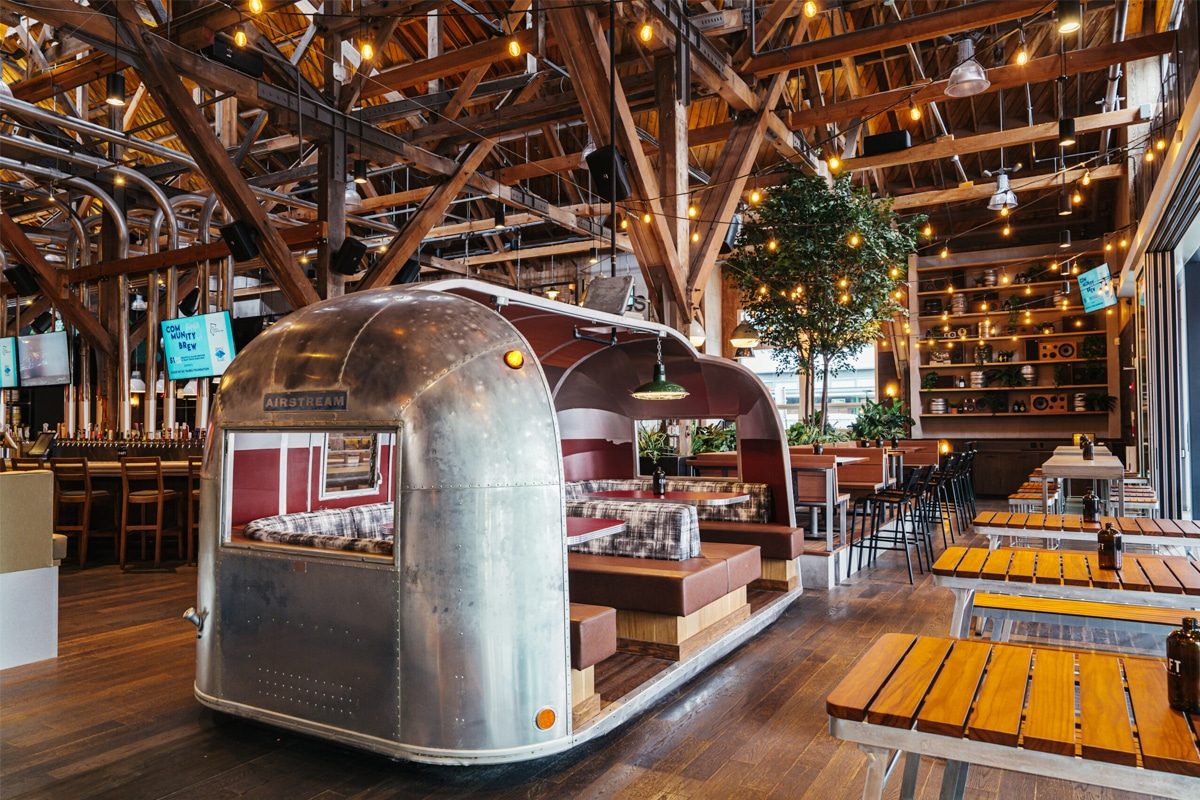
Market research and feasibility analysis
Market needs assessment
- Start by assessing your target market’s demand for craft beer. To determine the size and growth rate of the craft beer segment, and its share of the overall beer market.
- Identify trends and patterns in consumer behavior, such as preferences for specific beer styles, flavor profiles, packaging formats, and consumption occasions.
- Consider demographic factors that influence craft beer consumption patterns, including age, gender, income level, and lifestyle preferences.
- Explore emerging trends in the craft beer industry, such as the rise of low- and no-alcohol beers, the popularity of craft beer festivals and tasting events, and the growing interest in beer tourism.
Competitive Landscape Analysis
- Analyze the competitive landscape to understand the strengths, weaknesses, opportunities, and threats of existing breweries in your target market.
- Identify direct competitors, including local craft breweries, brewpubs, and microbreweries, as well as indirect competitors, such as mass-produced beers and imported brands.
- Evaluate competitors’ products, brand strategies, pricing strategies, distribution channels, and market positioning to identify gaps and differentiation opportunities.
- Conduct a SWOT (Strengths, Weaknesses, Opportunities, Threats) analysis to assess the brewery’s competitive position and develop strategic responses to competitive pressures.
Target market identification
- Define your target market based on demographic, psychographic, and behavioral characteristics that align with your brewery’s value proposition and brand identity.
- The market is segmented into different customer segments based on factors such as age, gender, income level, geographical location, lifestyle preferences, and beer consumption habits.
- Develop detailed customer personas that represent your target audience, including their preferences, needs, motivations, and buying behaviors.
- Tailor your marketing strategy, products, and brand messaging to resonate with each target segment, maximizing relevance and appeal.
Location analysis and site selection
- Evaluate potential brewery locations based on factors such as population density, demographic composition, foot traffic, visibility, accessibility, and proximity to suppliers and distribution channels.
- Consider zoning regulations, land use restrictions, building codes, and other regulatory requirements that may affect your choice of location.
- Conduct a thorough analysis of the competitive landscape for each potential location, evaluating the presence of existing breweries, brewpubs, bars, restaurants, and other beer-related establishments.
- Seek input from local stakeholders, including community leaders, business owners, residents, and industry experts, to gain a deeper understanding of local market dynamics and opportunities.
Financial feasibility analysis
- Evaluate the financial feasibility of a brewery project by estimating startup costs, operating expenses, revenue projections, and potential return on investment.
- Develop a detailed budget that includes expenses such as brewery equipment, facility rental or purchase, license and permit fees, staffing, marketing and advertising, utilities, raw materials, packaging, and distribution.
- Revenue forecasts are calculated based on factors such as beer production capacity, pricing strategy, sales volume, distribution channels, and market share.
- Conduct sensitivity analysis and scenario planning to assess the impact of factors such as changes in beer prices, production costs, and market conditions on the brewery’s financial performance.
- Consider other funding sources, such as equity investments, bank loans, crowdfunding, grants, or partnerships, to secure the funding you need for your brewery project.
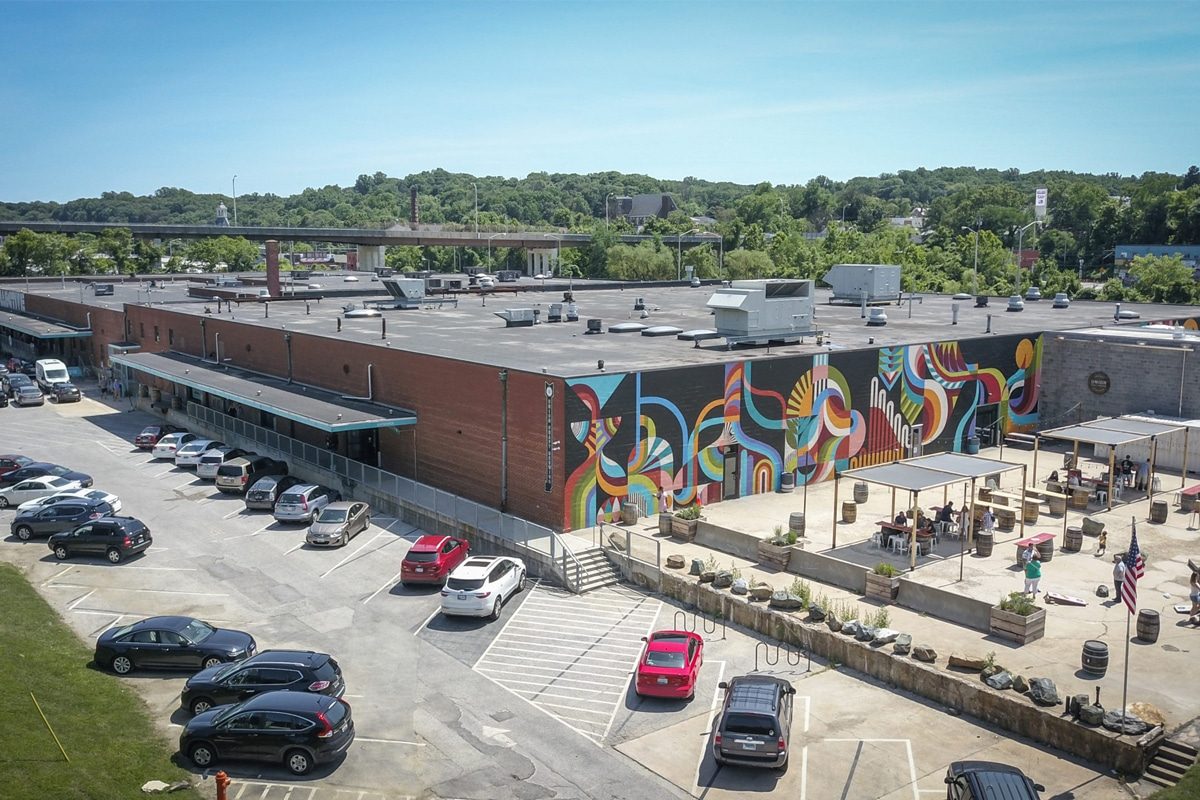
Develop a comprehensive business plan
Executive Summary
- Start your business plan with a concise executive summary that highlights key components of your brewery’s vision, mission, and business goals.
- Summarize your brewery’s unique selling proposition, target market demographics, competitive advantages, and financial projections.
- Provides an overview of the beer industry landscape, market trends, and regulatory considerations affecting brewery operations.
Market analysis
- Conduct a comprehensive market analysis to assess target market demand for craft beer and identify growth opportunities.
- Analyze consumer preferences, purchasing behavior, and craft beer consumption trends, including popular beer styles and flavor profiles.
- Assess the competitive landscape by researching existing breweries in your area and analyzing their products, brand strategies, and market positioning.
- Identify target customer segments, demographic trends, and psychographic factors that influence beer purchasing decisions.
Brewery operations
- Outline the operational aspects of a brewery, including brewing processes, equipment requirements, staffing plans, and quality control measures.
- Describe your brewing philosophy, highlighting the quality ingredients, brewing techniques, and production methods that make your brewery unique.
- Specify the type and capacity of brewing equipment your brewery requires, such as brewing kettles, fermenters, packaging machinery, and refrigeration facilities.
- Detail your staffing plan, organizational structure, and key personnel roles, including winemakers, cellar operators, bar staff, and administrative staff.
- Discuss your quality control procedures, sanitation protocols, and safety measures to ensure consistency, cleanliness, and compliance with industry standards.
Marketing and Branding Strategy
- Develop a comprehensive marketing and branding strategy to promote your brewery and attract customers.
- Define a brewery’s brand identity, including its name, logo, slogan, and visual elements that reflect its personality and values.
- Identify target segments and craft buyer personas to effectively tailor your marketing messages and outreach efforts.
- Outline your marketing channels and strategies, including social media, website, email marketing, events, partnerships, and advertising campaigns.
- Plan special promotions, tastings, brewery tours, and community engagement events to build brand awareness, cultivate customer loyalty and drive sales.
Finance prediction
- Prepare detailed financial projections for your brewery, including start-up costs, operating expenses, revenue projections, and profitability estimates.
- Estimate your start-up costs, including equipment acquisition, facility lease or purchase, license and permit fees, raw material procurement, staffing, and marketing.
- Develop sales forecasts based on projected beer production, pricing strategy, distribution channels, and market demand.
- Calculate your gross profit margin, operating expenses, and net profit to determine your brewery’s profitability and financial viability.
- Conduct sensitivity analysis and scenario planning to evaluate the impact of factors such as changes in sales volume, pricing, and operating costs on the brewery’s financial performance.
Implementation Plan
- Develop a detailed implementation plan outlining the steps and milestones for getting your brewery up and running.
- Specify the timeline, responsibilities, and resources needed to execute all aspects of the business plan, from securing financing and obtaining permits to brewery construction and marketing campaigns.
- Set measurable goals and performance indicators to track progress and evaluate the success of brewery operations.
- Anticipate potential challenges, risks, and contingencies and develop strategies to effectively mitigate these issues.
- Regularly review and revise your business plan to adapt to changing market conditions, industry trends, and business priorities.
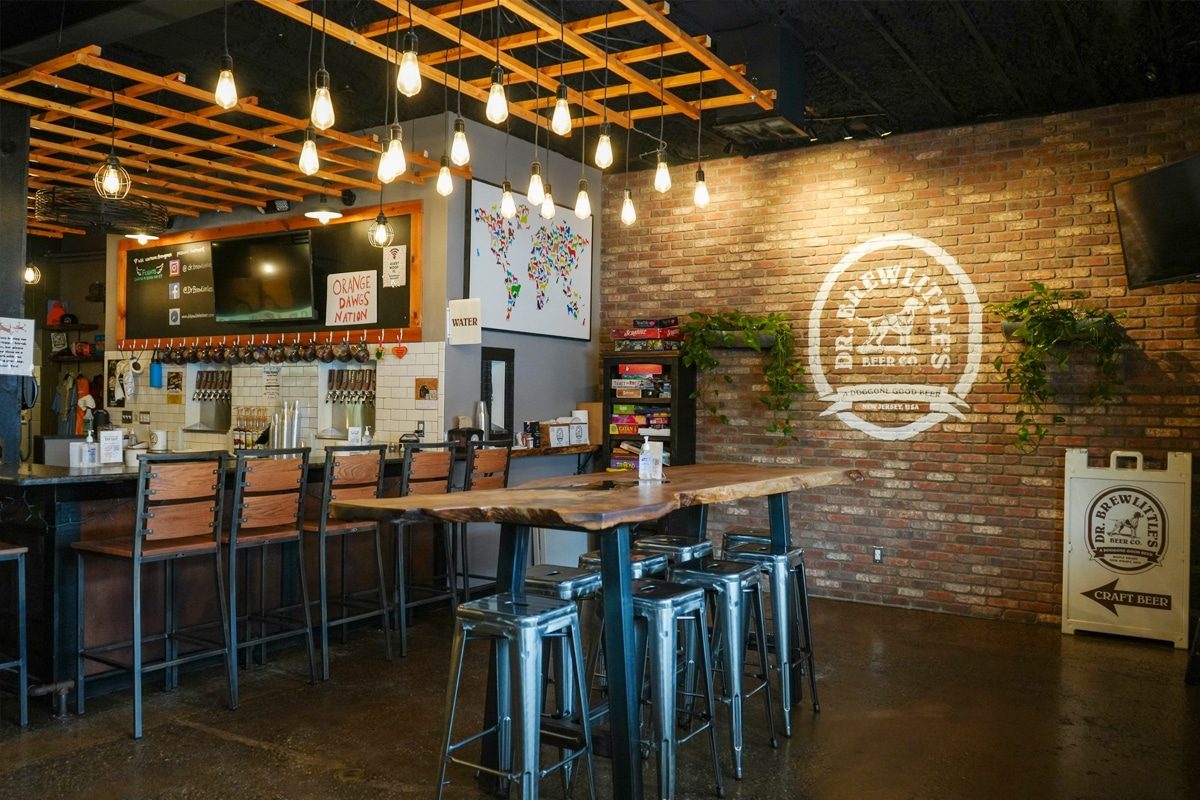
Securing Financing and Funding
Equity Investment
- Equity investment involves raising capital by selling ownership stakes in your brewery to investors in exchange for equity or ownership shares.
- Identify potential investors, such as friends, family members, angel investors, venture capitalists, or private equity firms, who share your vision for the brewery.
- Prepare a compelling pitch deck or business plan to articulate your brewery’s value proposition, growth potential, and investment opportunity.
- Negotiate terms and conditions with investors, including equity ownership, voting rights, dividends, and exit strategies.
- Ensure transparency and clear communication with investors throughout the fundraising process, providing regular updates on the brewery’s progress and financial performance.
Small Business Loans
- Small business loans from banks, credit unions, or Small Business Administration (SBA) lenders can provide financing to cover startup costs and operational expenses.
- Research loan options and eligibility requirements, comparing interest rates, repayment terms, and loan amounts offered by different lenders.
- Prepare a comprehensive loan application package, including your business plan, financial projections, credit history, collateral, and personal financial statements.
- Demonstrate your brewery’s ability to generate sufficient cash flow and repay the loan by providing realistic revenue forecasts and a solid repayment plan.
- Work closely with lenders to address any questions or concerns they may have and negotiate favorable loan terms that align with your brewery’s financial goals and objectives.
Crowdfunding
- Crowdfunding platforms such as Kickstarter, Indiegogo, or GoFundMe offer alternative fundraising options for breweries to raise capital from a broad base of supporters.
- Create a compelling crowdfunding campaign that highlights your brewery’s story, mission, and unique value proposition.
- Set clear funding goals, rewards, and incentives for backers, such as exclusive brewery merchandise, event invitations, or beer tastings.
- Promote your crowdfunding campaign through social media, email marketing, and other channels to attract backers and generate momentum.
- Engage with supporters and communicate the progress of your brewery’s development, building a loyal community of backers and advocates for your brand.
Self-Funding
- Self-funding involves using personal savings, retirement funds, or personal loans to finance your brewery’s startup costs and initial operations.
- Assess your financial situation and risk tolerance to determine how much capital you can comfortably invest in the brewery.
- Consider the advantages and disadvantages of self-funding, such as retaining full control and ownership of the brewery versus assuming personal financial risk.
- Explore creative ways to leverage personal assets or resources to reduce startup costs and conserve cash flow, such as DIY brewery equipment, shared workspace arrangements, or collaborative brewing partnerships.
Grants and Incentive Programs
- Research government grants, incentives, and economic development programs that provide funding and support for brewery startups.
- Explore opportunities offered by federal, state, or local agencies, industry associations, or nonprofit organizations to access grant funding, tax credits, or low-interest loans.
- Review eligibility criteria, application deadlines, and requirements for grant programs, ensuring that your brewery meets the necessary qualifications and complies with funding guidelines.
- Work with grant advisors, economic development professionals, or industry experts to navigate the grant application process and maximize your chances of securing funding for your brewery.
Partnerships and Sponsorships
- Explore partnerships and sponsorship opportunities with breweries, suppliers, distributors, or industry stakeholders to access funding, resources, and support for your brewery.
- Collaborate with established breweries or brewing professionals to leverage their expertise, facilities, or distribution networks to launch your brewery.
- Seek sponsorship from suppliers or vendors who can provide equipment, ingredients, or services in exchange for promotional exposure or branding opportunities.
- Build strategic alliances with local businesses, community organizations, or event organizers to co-host events, fundraisers, or marketing campaigns that raise awareness and generate revenue for your brewery.
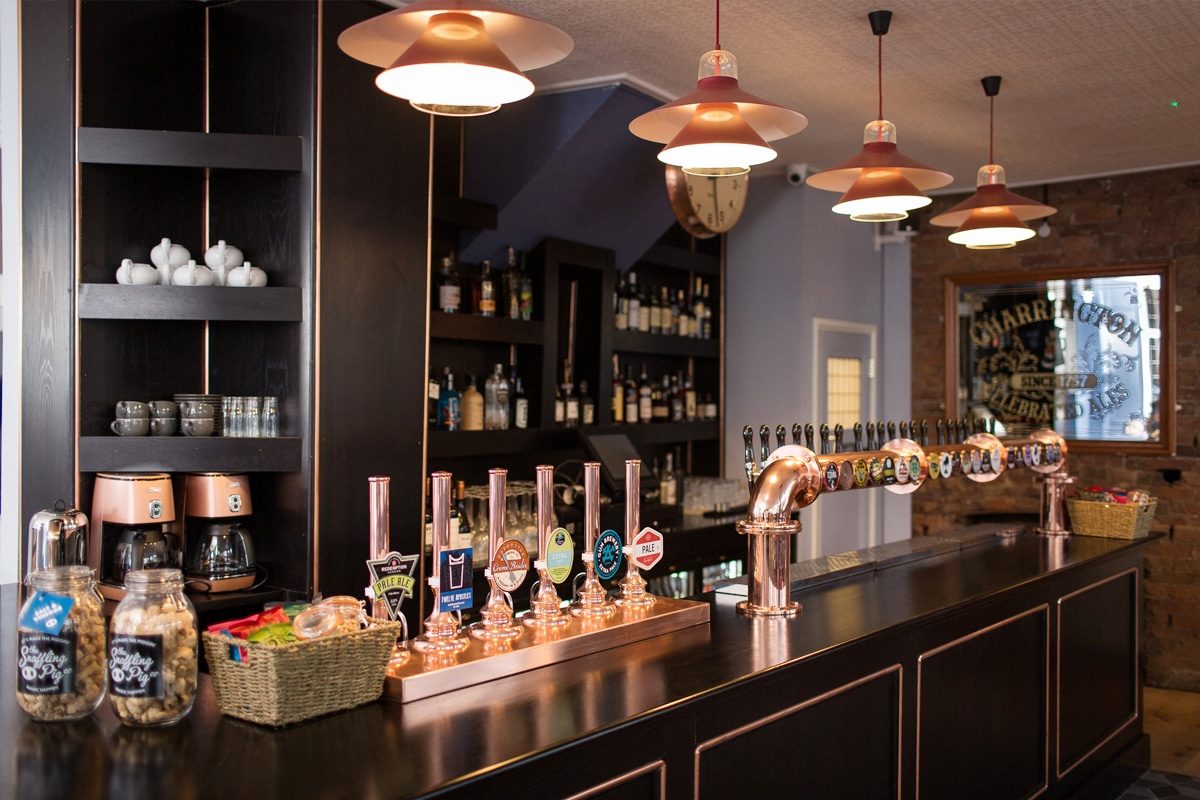
Choosing the Right Location
Zoning and Regulations
- Familiarize yourself with local zoning ordinances, land use regulations, and licensing requirements that govern brewery operations in your chosen location.
- Ensure that the selected site is zoned for brewery or industrial use and complies with all relevant regulations about alcohol manufacturing, distribution, and retail sales.
- Research any restrictions or limitations on brewery operations, such as noise ordinances, parking requirements, and proximity to schools or residential areas.
Market Demand and Demographics
- Evaluate the market demand for craft beer in the area, considering factors such as population demographics, income levels, consumer preferences, and competition from existing breweries.
- Analyze demographic data to identify target market segments and assess their proximity to the proposed brewery location.
- Consider the potential for tourism, foot traffic, and customer traffic flow in the surrounding area, including nearby attractions, entertainment venues, and commercial districts.
Accessibility and Visibility
- Choose a location that offers convenient access for both customers and suppliers, with proximity to major transportation routes, highways, and public transit options.
- Assess the visibility and signage opportunities of the site, ensuring that your brewery is easily recognizable and accessible to passersby.
- Consider the availability of parking facilities and loading docks for deliveries, as well as ADA compliance for accessibility requirements.
Infrastructure and Utilities
- Evaluate the availability and adequacy of essential infrastructure and utilities required for brewery operations, including water supply, wastewater disposal, electricity, natural gas, and internet connectivity.
- Conduct a site inspection to assess the condition of existing utilities and infrastructure, identifying any potential upgrades or improvements needed to support brewery equipment and operations.
- Determine the cost and feasibility of connecting to municipal utilities or installing new infrastructure if necessary, factoring in construction timelines and permitting requirements.
Space Requirements and Layout
- Determine the space requirements for your brewery based on production capacity, equipment layout, and future expansion plans.
- Consider factors such as ceiling height, floor load capacity, ventilation, and environmental controls when evaluating potential brewery locations.
- Optimize the layout of the brewery space to maximize operational efficiency, workflow, and safety, ensuring that brewing, packaging, storage, and taproom areas are well-defined and interconnected.
Competition and Collaboration
- Research existing breweries in the area to assess the competitive landscape, including their offerings, branding strategies, market positioning, and customer base.
- Identify potential opportunities for collaboration or partnerships with neighboring breweries, taprooms, restaurants, or retailers to leverage synergies, share resources, and expand your brewery’s reach.
- Consider the benefits of clustering with other breweries or craft beverage producers to create a destination for beer enthusiasts and enhance the local craft beer scene.
Community and Neighborhood
- Engage with the local community and neighborhood stakeholders to gain support for your brewery and build positive relationships with residents, businesses, and community organizations.
- Participate in community events, neighborhood meetings, and civic initiatives to introduce your brewery and demonstrate your commitment to being a responsible and contributing member of the community.
- Consider the socio-economic impact of your brewery on the neighborhood, including job creation, economic development, and revitalization efforts.
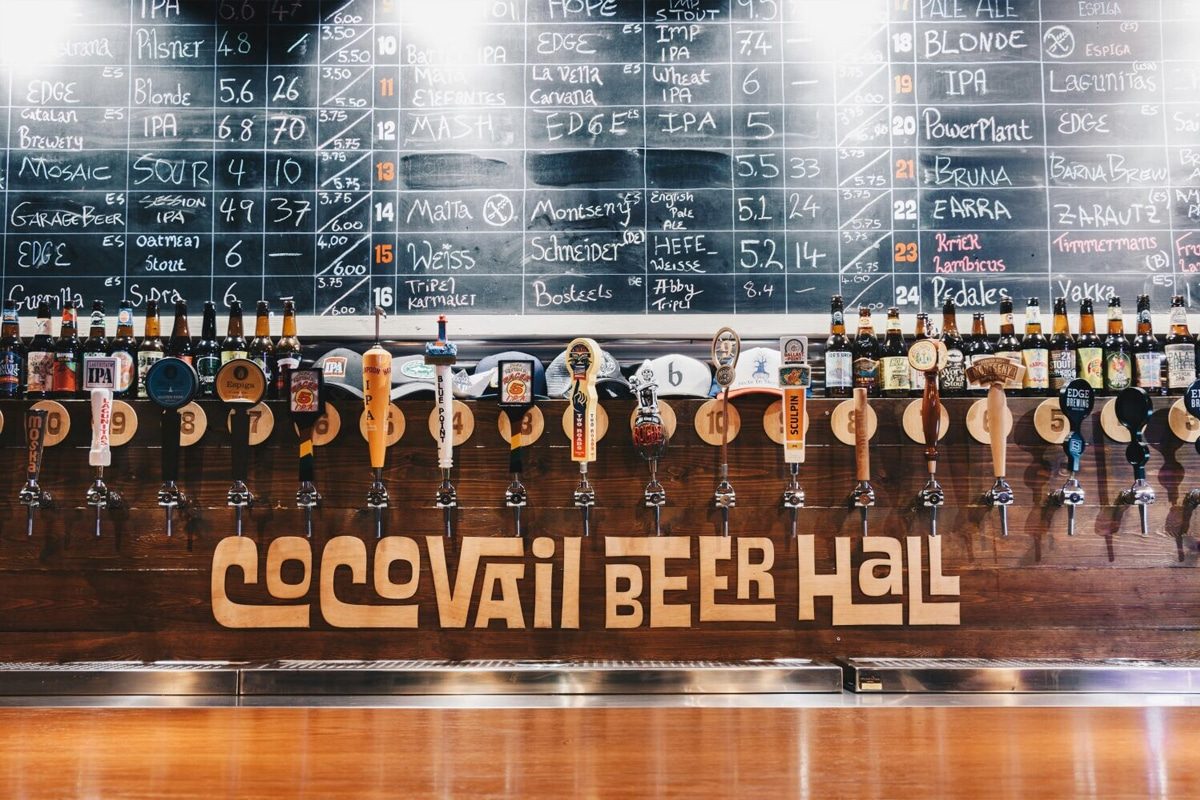
Navigating Regulatory Requirements and Licensing
Federal Regulations
- Obtain a Brewer’s Notice from the Alcohol and Tobacco Tax and Trade Bureau (TTB), which is required to legally produce beer for commercial sale in the United States.
- Submit a completed application form, along with supporting documents such as brewery diagrams, floor plans, and ownership information, to the TTB for review and approval.
- Comply with federal regulations governing alcohol production, labeling, advertising, taxation, and record-keeping requirements outlined in the TTB regulations (27 CFR Part 25).
State Regulations
- Research and comply with state-specific regulations governing brewery operations, alcohol licensing, distribution, and sales in the state where your brewery is located.
- Apply for a state alcohol manufacturing license or brewer’s permit from the appropriate state regulatory agency, such as the state alcohol control board or liquor commission.
- Familiarize yourself with state laws and regulations related to brewery operations, including production limits, distribution channels, sales restrictions, and excise taxes.
Local Regulations
- Determine the zoning requirements and land use regulations applicable to brewery operations in your local municipality or county.
- Obtain necessary permits and approvals from local authorities, such as building permits, health permits, fire department inspections, and environmental permits.
- Ensure compliance with local ordinances governing noise, waste disposal, parking, signage, and other aspects of brewery operations.
Health and Safety Regulations
- Implement health and safety protocols to ensure compliance with regulations governing food handling, sanitation, and workplace safety standards.
- Develop standard operating procedures (SOPs) for brewery operations, including cleaning and sanitization procedures, equipment maintenance, and employee training on safe work practices.
- Conduct regular inspections and audits to maintain compliance with health and safety regulations and mitigate potential risks to employees and consumers.
Labeling and Packaging Regulations
- Adhere to federal and state regulations governing beer labeling, packaging, and advertising to ensure accuracy, transparency, and consumer protection.
- Include required information on beer labels, such as brand name, alcohol content, net contents, health warnings, and government warnings, in compliance with TTB regulations.
- Comply with state-specific labeling requirements, including any additional labeling disclosures or restrictions imposed by state alcohol regulatory agencies.
Taxation and Reporting Requirements
- File timely excise tax returns and pay applicable federal and state excise taxes on beer production and sales.
- Maintain accurate records of beer production, sales, inventory, and tax payments to facilitate compliance with tax reporting requirements.
- Consult with tax advisors or accountants to ensure proper accounting practices and tax planning strategies to minimize tax liabilities and maximize financial efficiency.
Compliance Monitoring and Audits
- Establish internal controls and procedures to monitor compliance with regulatory requirements and licensing conditions.
- Keep abreast of changes in federal, state, and local regulations affecting brewery operations, and update policies and procedures accordingly.
- Prepare for regulatory inspections and audits by maintaining organized records, documentation, and evidence of compliance with applicable laws and regulations.
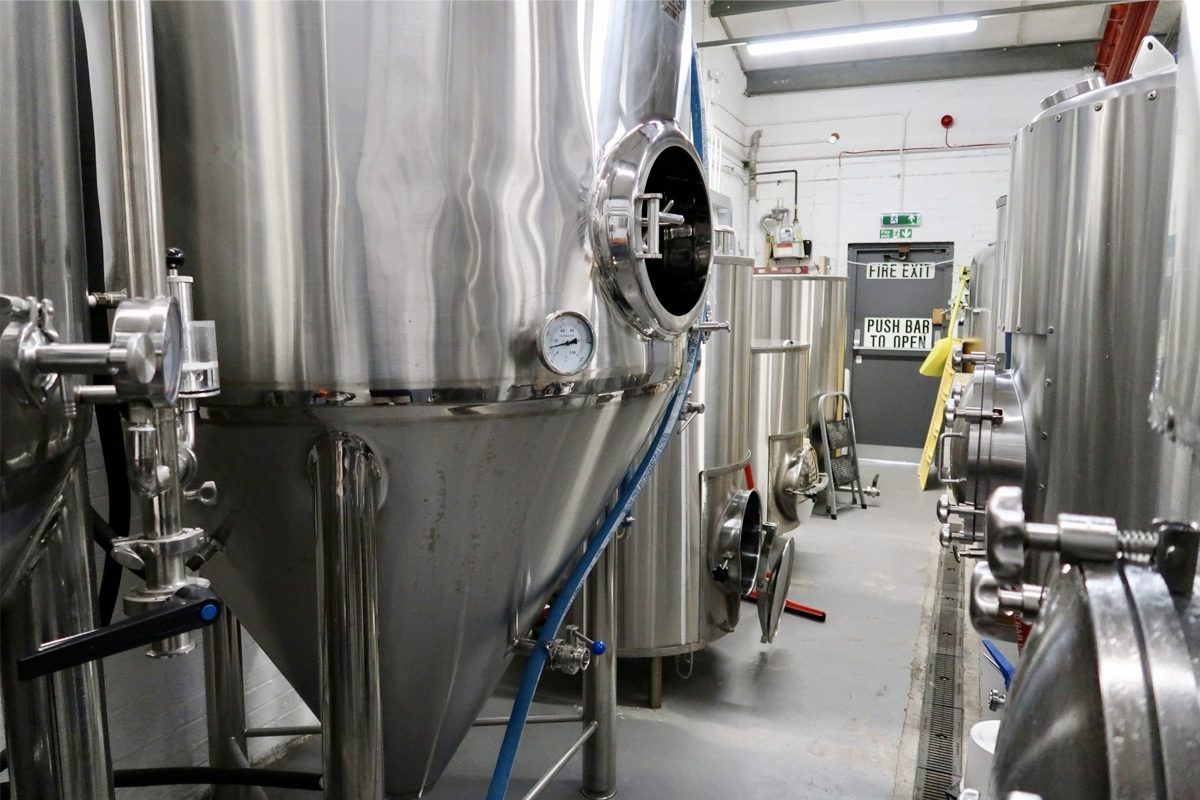
Designing Your Brewery Layout and Equipment Selection
Assess Space Requirements
- Determine the space requirements for your brewery based on factors such as production volume, equipment footprint, storage needs, and future expansion plans.
- Conduct a site survey to assess the available space and identify any constraints or limitations that may impact brewery layout and equipment placement.
- Consider factors such as ceiling height, floor load capacity, utility access points, and regulatory requirements when evaluating potential brewery locations.
Plan Workflow and Process Flow
- Design the brewery layout to optimize workflow efficiency and minimize bottlenecks by arranging equipment and workstations in a logical sequence.
- Map out the process flow from raw ingredient handling and milling to brewing, fermentation, conditioning, packaging, and storage.
- Consider the ergonomics of brewery operations, ensuring that equipment and work areas are ergonomically designed to minimize strain and fatigue for brewery staff.
Choose Equipment Wisely
- Select brewery equipment that meets your production requirements, budget constraints, and quality standards.
- Research reputable equipment suppliers and manufacturers, comparing product specifications, features, warranties, and customer reviews.
- Consult with brewing equipment specialists or consultants to assess your brewery’s needs and recommend appropriate equipment options.
- Consider factors such as equipment capacity, efficiency, reliability, ease of maintenance, and compatibility with existing infrastructure when making equipment selections.
Consider Equipment Integration
- Ensure compatibility and integration between different pieces of brewery equipment to facilitate seamless operation and data exchange.
- Choose equipment from reputable manufacturers that offer compatible control systems, software interfaces, and automation capabilities for efficient brewery management.
- Opt for modular equipment designs that allow for future expansion and customization as your brewery grows and evolves.
Allocate Space for Ancillary Areas
- Allocate dedicated space for ancillary areas such as raw ingredient storage, packaging supplies, quality control labs, office/administration, and employee facilities.
- Designate separate zones for clean and dirty operations to maintain hygiene and prevent cross-contamination in the brewery.
- Incorporate safety features such as emergency exits, fire suppression systems, eye wash stations, and first aid kits by health and safety regulations.
Ensure Accessibility and Safety
- Design the brewery layout with safety and accessibility in mind, ensuring clear pathways, proper lighting, and ergonomic workstations to minimize hazards and accidents.
- Install safety guards, barriers, and signage to alert brewery staff to potential risks and hazards associated with equipment operation and brewery operations.
- Provide adequate training and instruction on safe work practices, equipment operation, and emergency procedures to brewery staff to mitigate risks and ensure compliance with health and safety regulations.
Plan for Future Expansion
- Anticipate future growth and expansion opportunities when designing your brewery layout and selecting equipment, allowing for scalability and flexibility to accommodate increased production demands.
- Design the brewery layout with modular, expandable equipment configurations that can be easily modified or upgraded as production volumes increase or new product lines are introduced.
- Allocate space for future equipment additions, infrastructure upgrades, and facility expansions to support the long-term growth and sustainability of your brewery.
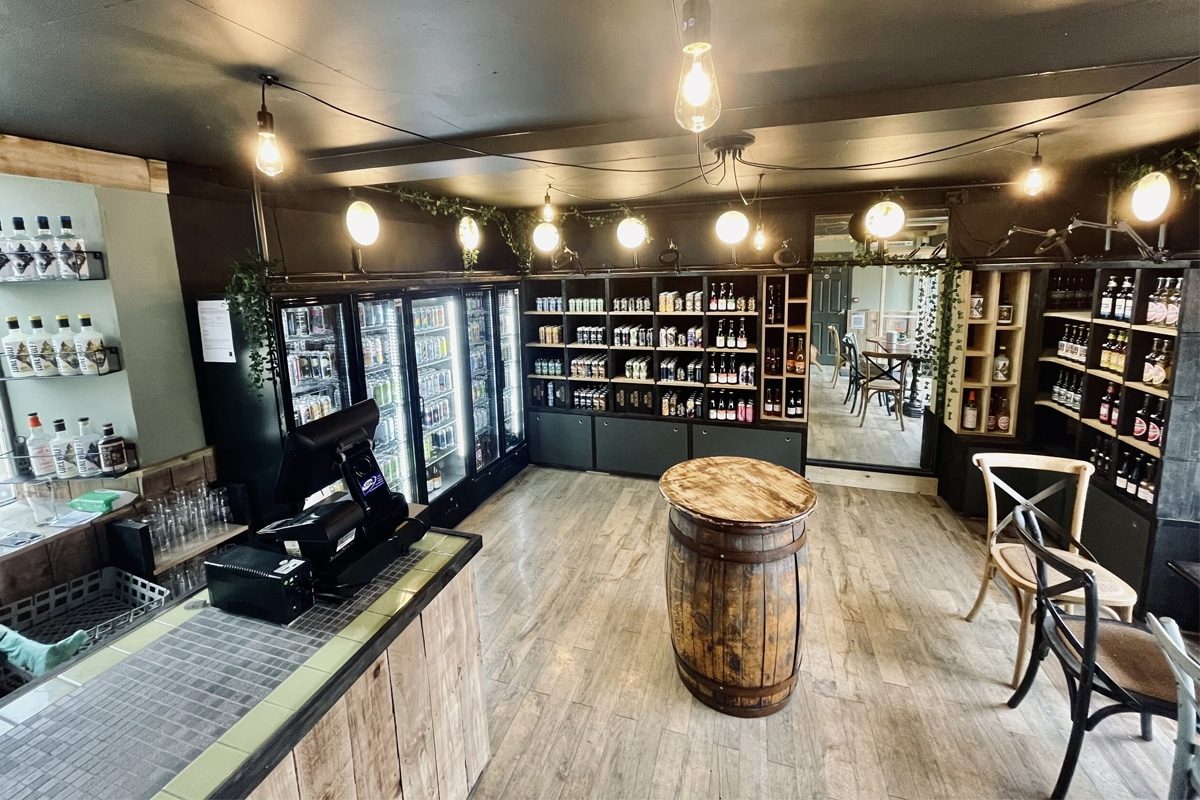
Building Your Brand and Marketing Strategy
Define Your Brand Identity
- Identify your brewery’s unique value proposition, mission, and core values that set it apart from competitors and resonate with your target audience.
- Develop a compelling brand story that reflects the origins, inspiration, and passion behind your brewery, connecting emotionally with consumers.
- Create a distinctive brand identity, including a memorable brewery name, logo, color palette, typography, and visual elements that convey your brewery’s personality and evoke the desired brand image.
Know Your Target Audience
- Conduct market research to understand the preferences, behaviors, and demographics of your target audience, including craft beer enthusiasts, residents, and potential customers.
- Develop buyer personas to profile your ideal customers, including factors such as age, gender, income, lifestyle, and beer preferences.
- Tailor your marketing messages, branding, and product offerings to resonate with the needs, interests, and aspirations of your target audience.
Craft a Compelling Brand Story
- Tell the story behind your brewery through authentic and engaging storytelling that connects with consumers on an emotional level.
- Share the journey of your brewery’s founders, brewing philosophy, sourcing of ingredients, and commitment to quality and craftsmanship.
- Highlight unique aspects of your brewery, such as heritage, locality, sustainability initiatives, community involvement, or innovative brewing techniques, to differentiate your brand and build credibility.
Develop a Multi-Channel Marketing Strategy
- Utilize a mix of online and offline marketing channels to reach and engage with your target audience across various touchpoints.
- Establish a strong online presence through a professional website, social media profiles, and email marketing campaigns to showcase your brewery, products, and events.
- Leverage social media platforms such as Instagram, Facebook, Twitter, and LinkedIn to share behind-the-scenes content, brewery updates, and promotions, and interact with followers.
- Participate in industry events, beer festivals, tasting events, and community gatherings to promote your brewery, network with customers, and generate buzz around your brand.
Engage in Content Marketing
- Create valuable and informative content that educates, entertains, and inspires your audience, positioning your brewery as a trusted source of beer knowledge and expertise.
- Produce blog posts, articles, videos, podcasts, and infographics that cover topics such as brewing techniques, beer styles, food pairings, brewery tours, and local beer culture.
- Share user-generated content, customer testimonials, and reviews to showcase the positive experiences and satisfaction of your brewery’s patrons.
Build Relationships and Foster Community
- Cultivate relationships with customers, beer enthusiasts, influencers, and industry stakeholders to build a loyal community around your brewery.
- Engage with customers on social media, respond to inquiries and feedback, and encourage user-generated content and word-of-mouth referrals.
- Host brewery events, taproom tastings, beer releases, and educational workshops to connect with customers, foster brand loyalty, and create memorable experiences.
Measure and Analyze Performance
- Set measurable goals and key performance indicators (KPIs) to track the effectiveness of your marketing efforts and brand-building activities.
- Use analytics tools and data analysis to monitor website traffic, social media engagement, email open rates, conversion rates, and sales performance.
- Gather feedback from customers through surveys, reviews, and focus groups to assess brand perception, satisfaction levels, and areas for improvement.
- Continuously iterate and refine your marketing strategy based on insights and learnings to optimize performance and achieve your brewery’s marketing objectives.
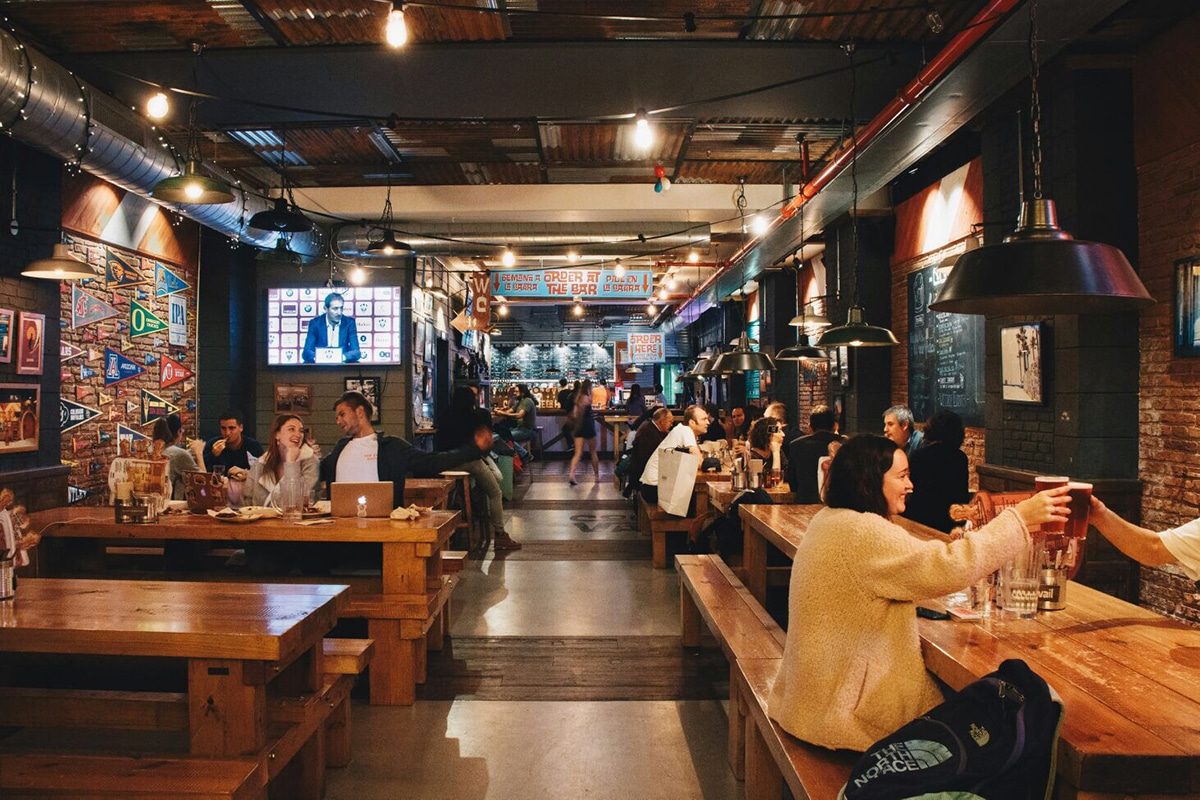
Recruiting and Training Your Brewery Team
Define Roles and Responsibilities
- Start by defining the roles and responsibilities needed to operate your brewery effectively. Common positions include head brewer, assistant brewers, cellar operators, packaging specialists, sales representatives, taproom managers, and administrative staff.
- Clearly outline the duties, qualifications, and expectations for each role, including required skills, experience, and certifications.
Recruit Talent
- Develop a recruitment strategy to attract top talent to your brewery. Utilize job boards, industry networks, social media, and professional associations to advertise job openings and reach potential candidates.
- Leverage your brewery’s brand and reputation to attract passionate individuals who share your commitment to quality, innovation, and craft beer.
- Conduct thorough interviews and screening processes to assess candidates’ qualifications, experience, cultural fit, and passion for the craft beer industry.
Provide Training and Development
- Invest in training and development programs to onboard new hires and provide ongoing education and skill development for your brewery team.
- Develop training materials, standard operating procedures (SOPs), and on-the-job training programs to familiarize new employees with brewery operations, equipment, safety protocols, and quality standards.
- Offer opportunities for professional development, such as workshops, seminars, industry certifications, and cross-training initiatives to enhance employees’ skills and knowledge.
- Foster a culture of continuous learning and improvement, encouraging team members to share insights, best practices, and feedback to drive innovation and excellence in brewery operations.
Cultivate a Positive Work Environment
- Create a positive and inclusive work environment where team members feel valued, respected, and empowered to contribute their ideas and talents.
- Foster open communication, collaboration, and teamwork among brewery staff, encouraging a culture of mutual support, camaraderie, and shared success.
- Recognize and reward employee contributions and achievements through performance bonuses, incentives, employee appreciation events, and advancement opportunities.
- Prioritize work-life balance and employee well-being, offering flexible scheduling, competitive wages, benefits, and perks to attract and retain top talent in the industry.
Emphasize Safety and Compliance
- Prioritize safety and compliance in brewery operations, providing comprehensive training on safety protocols, emergency procedures, and regulatory requirements.
- Ensure that all brewery team members are trained and certified in safe handling practices for equipment, chemicals, and hazardous materials.
- Conduct regular safety inspections, audits, and drills to identify potential hazards, mitigate risks, and maintain a safe working environment for brewery staff.
- Stay up-to-date on industry regulations, health and safety standards, and best practices to ensure compliance with federal, state, and local laws governing brewery operations.
Foster Leadership and Empowerment
- Empower brewery team members to take ownership of their roles and contribute to the brewery’s success by fostering a culture of accountability, autonomy, and empowerment.
- Provide leadership opportunities and mentorship programs to develop emerging talent within the brewery, grooming future leaders and managers from within the organization.
- Encourage initiative, creativity, and innovation among brewery staff, soliciting their input and ideas for improving processes, products, and customer experiences.
Build a Diverse and Inclusive Team
- Prioritize diversity, equity, and inclusion in your brewery team by fostering a welcoming and inclusive workplace culture that celebrates diversity of backgrounds, perspectives, and experiences.
- Implement recruitment and hiring practices that promote diversity and eliminate bias, ensuring equal opportunities for all candidates regardless of race, gender, age, ethnicity, sexual orientation, or disability.
- Foster a culture of respect, acceptance, and belonging where all brewery team members feel valued, supported, and empowered to bring their authentic selves to work.
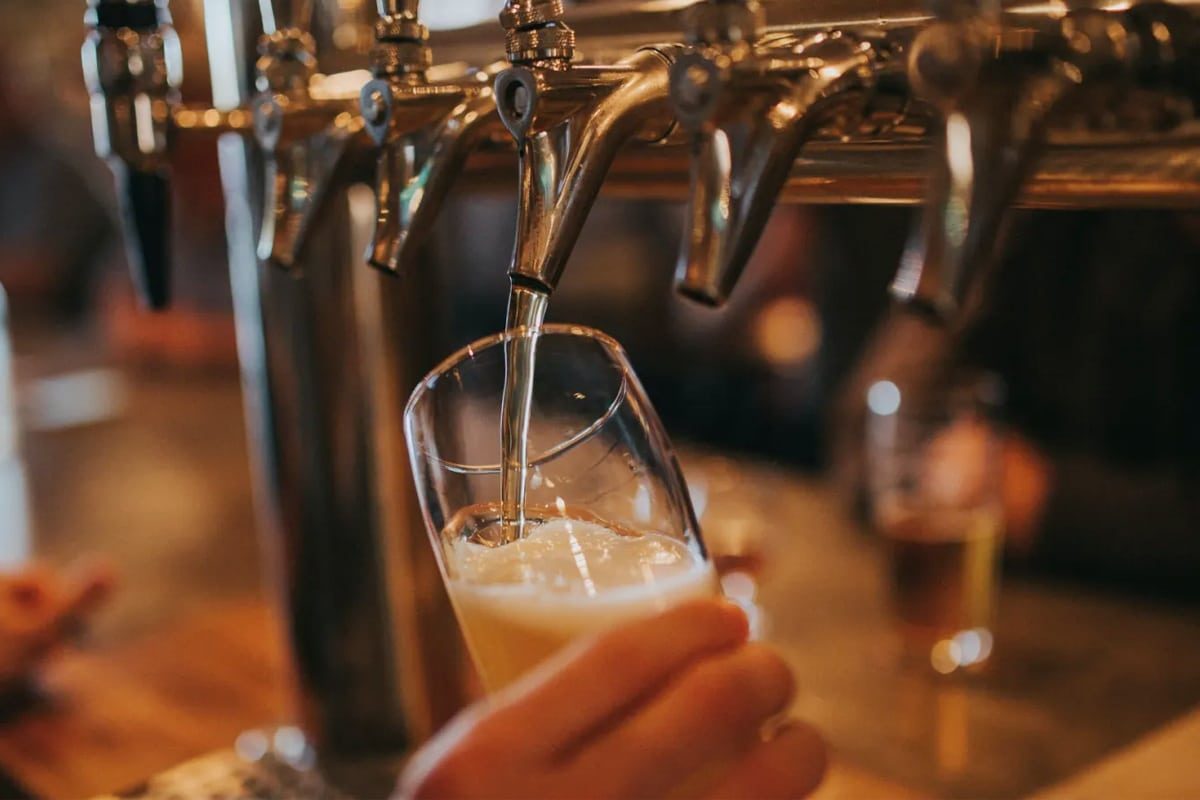
Launching Your Brewery and Sustaining Growth
Grand Opening Event
- Host a memorable grand opening event to introduce your brewery to the community and generate excitement and buzz around your brand.
- Invite residents, beer enthusiasts, industry influencers, media outlets, and stakeholders to celebrate the launch of your brewery.
- Offer brewery tours, beer tastings, live music, food trucks, and other attractions to engage guests and create a festive atmosphere.
Taproom Experience
- Create an inviting and welcoming taproom environment that reflects your brewery’s brand identity, personality, and culture.
- Design a diverse and appealing beer menu featuring a variety of beer styles, flavors, and seasonal offerings to cater to different tastes and preferences.
- Train taproom staff to provide exceptional customer service, educate patrons about your beers, and create memorable experiences that keep them coming back.
Distribution and Sales Channels
- Explore distribution opportunities to expand your brewery’s reach and access new markets beyond your taproom.
- Establish partnerships with local bars, restaurants, retailers, and distributors to showcase your beers and increase sales volume.
- Participate in beer festivals, tasting events, and trade shows to promote your brewery, network with industry professionals, and gain exposure for your brand.
Marketing and Promotion
- Maintain an active and engaging online presence through social media platforms, the brewery website, email newsletters, and blog content to connect with customers and promote your brewery’s events, promotions, and new releases.
- Collaborate with local businesses, organizations, and influencers to cross-promote your brewery and reach new audiences.
- Invest in targeted advertising campaigns, such as pay-per-click (PPC) ads, sponsored content, and influencer partnerships, to increase brand visibility and drive traffic to your brewery.
Community Engagement
- Build strong relationships with the local community by participating in community events, fundraisers, and charitable initiatives that align with your brewery’s values and mission.
- Support local causes, organizations, and nonprofits through donations, sponsorships, and volunteer opportunities to demonstrate your brewery’s commitment to giving back.
- Engage with customers and gather feedback through surveys, focus groups, and brewery events to understand their preferences, needs, and expectations.
Quality Control and Innovation
- Maintain a relentless focus on quality control and consistency in brewery operations, ensuring that every batch of beer meets the highest standards of taste, aroma, and freshness.
- Continuously innovate and experiment with new beer styles, recipes, and ingredients to keep your brewery’s offerings fresh, exciting, and relevant in a rapidly evolving craft beer market.
- Solicit feedback from customers, industry peers, and sensory evaluation panels to evaluate the quality and marketability of new beer releases and refine your brewing techniques accordingly.
Financial Management and Sustainability
- Implement sound financial management practices to monitor brewery finances, track expenses, and optimize cash flow to support ongoing operations and growth initiatives.
- Invest in sustainability initiatives, such as energy efficiency, waste reduction, and water conservation, to minimize environmental impact and promote long-term sustainability.
- Explore opportunities for expansion, diversification, and strategic partnerships to sustain growth and capitalize on emerging market trends and opportunities.
Employee Development and Culture
- Foster a culture of continuous learning, professional development, and employee engagement within your brewery team to attract, retain, and motivate top talent.
- Provide ongoing training, mentorship, and career advancement opportunities for brewery staff to develop their skills, knowledge, and leadership abilities.
- Celebrate achievements, milestones, and successes as a team, recognizing and rewarding employee contributions to foster a positive and supportive work environment.
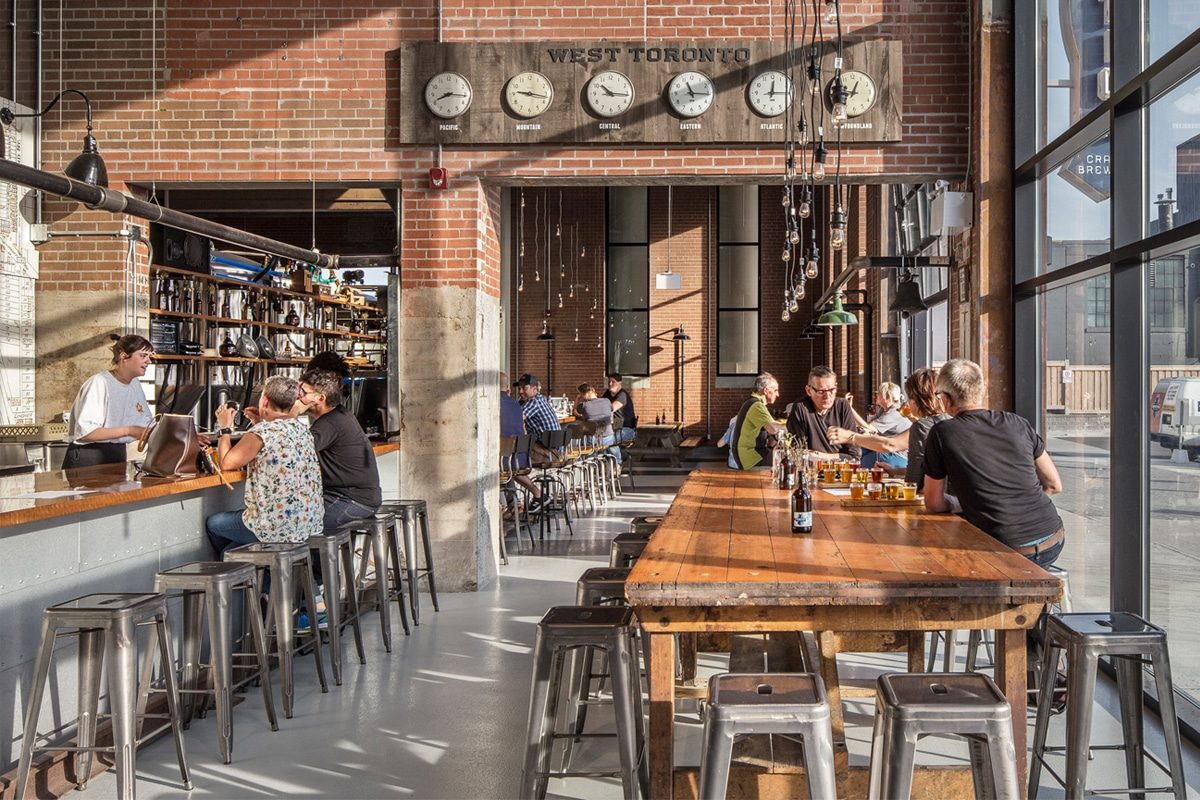
Summary
